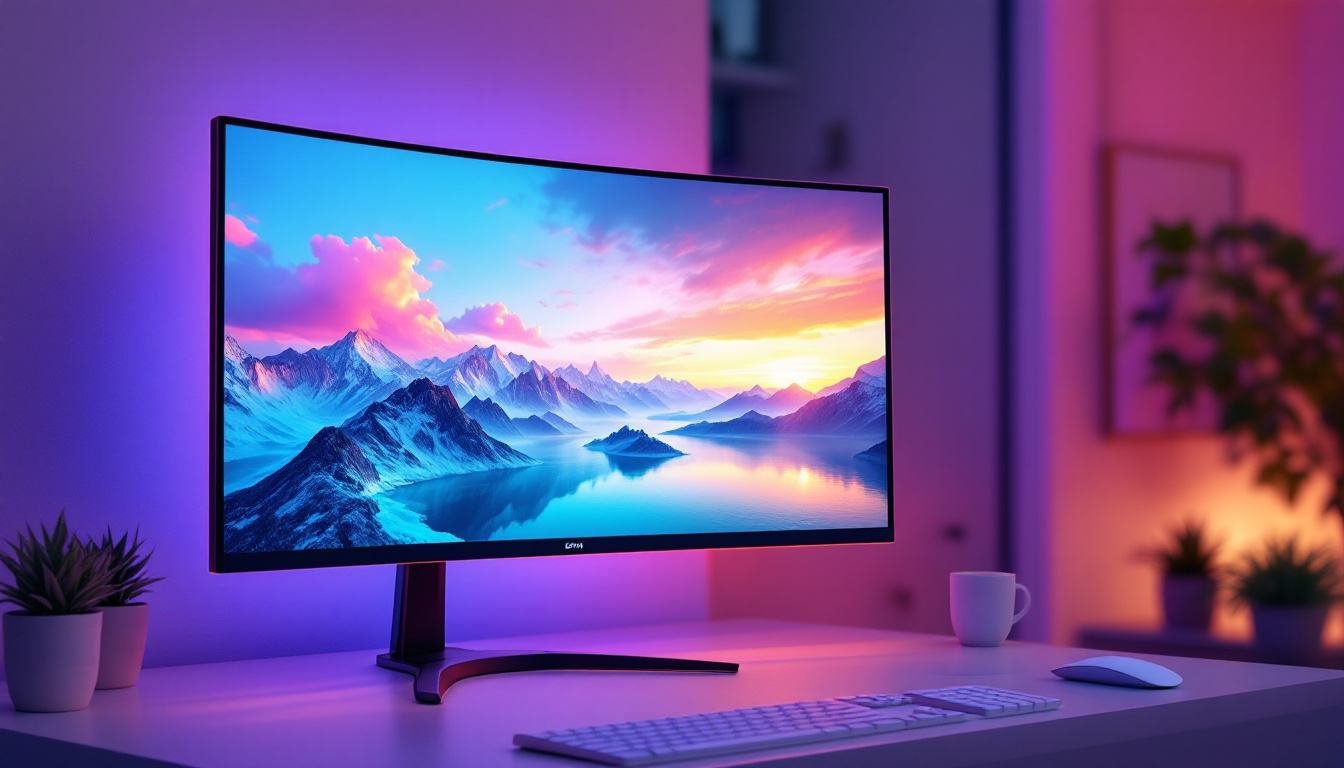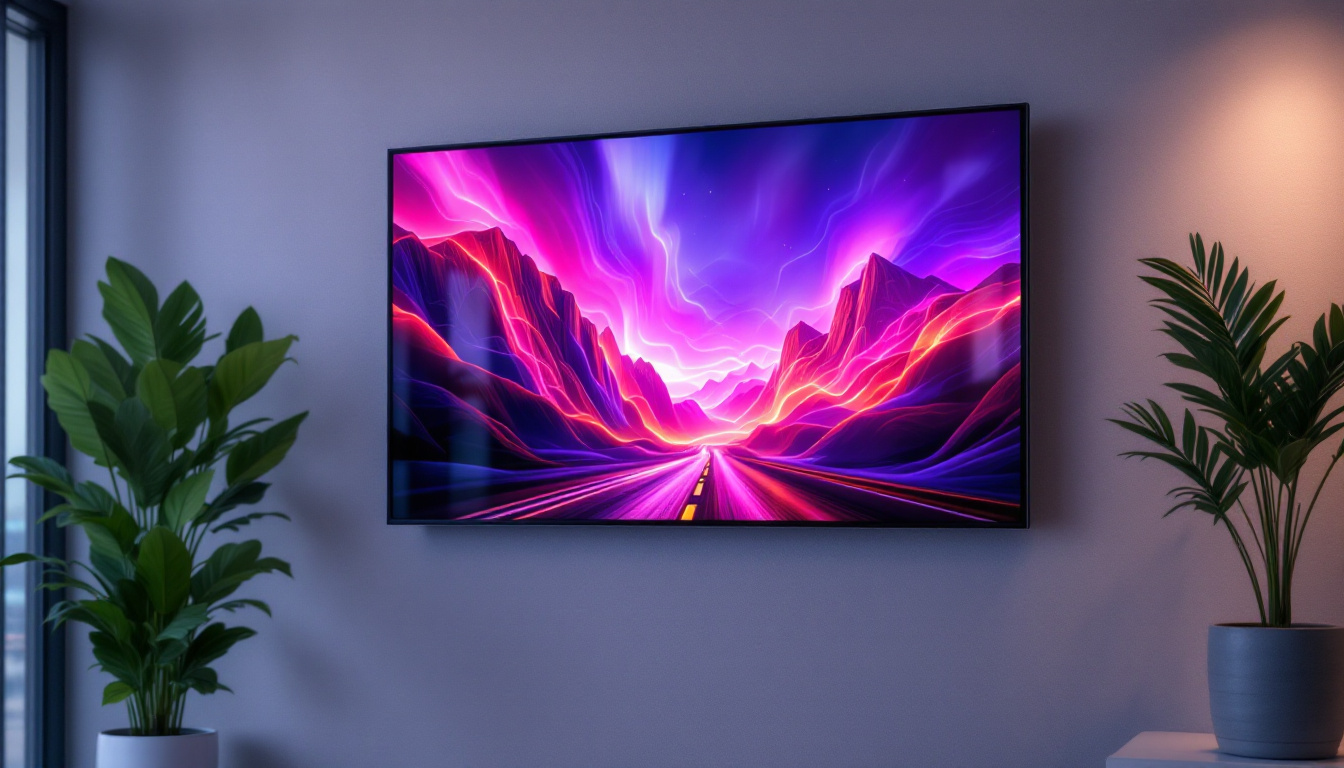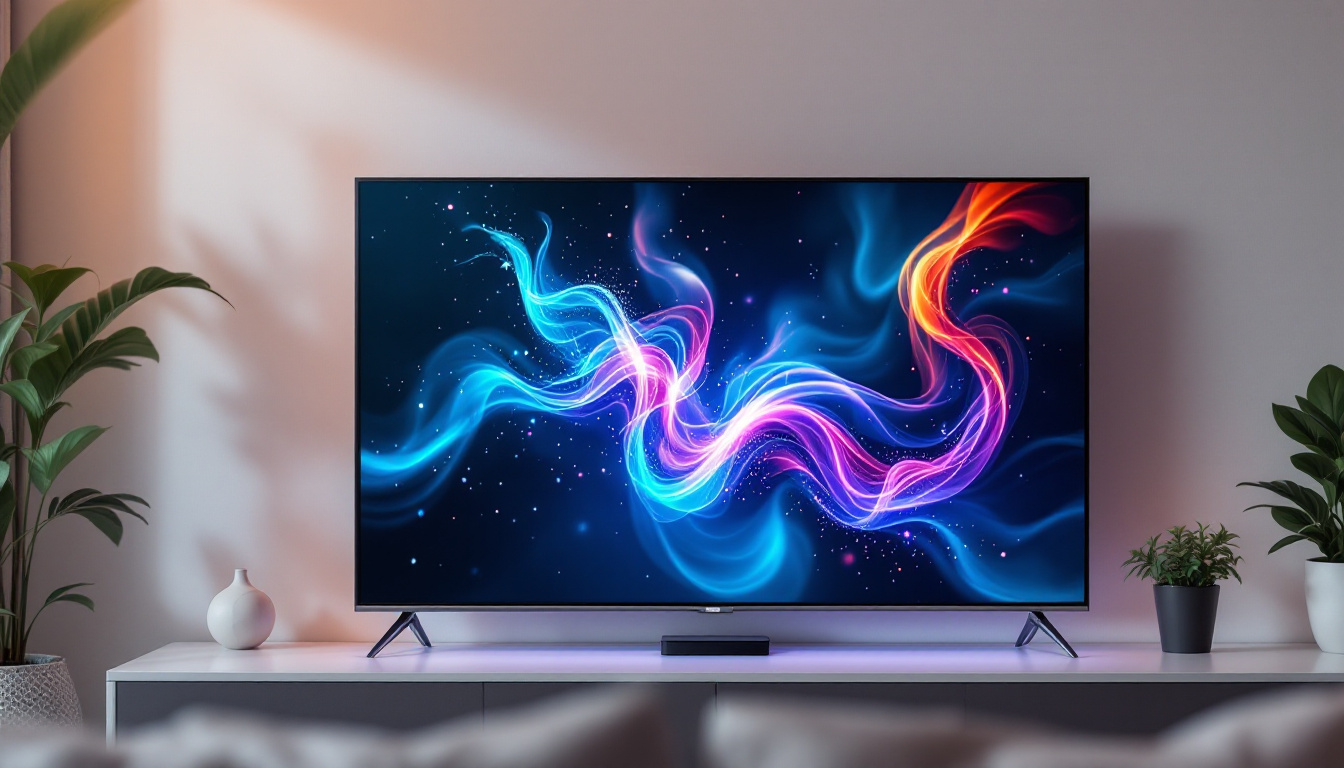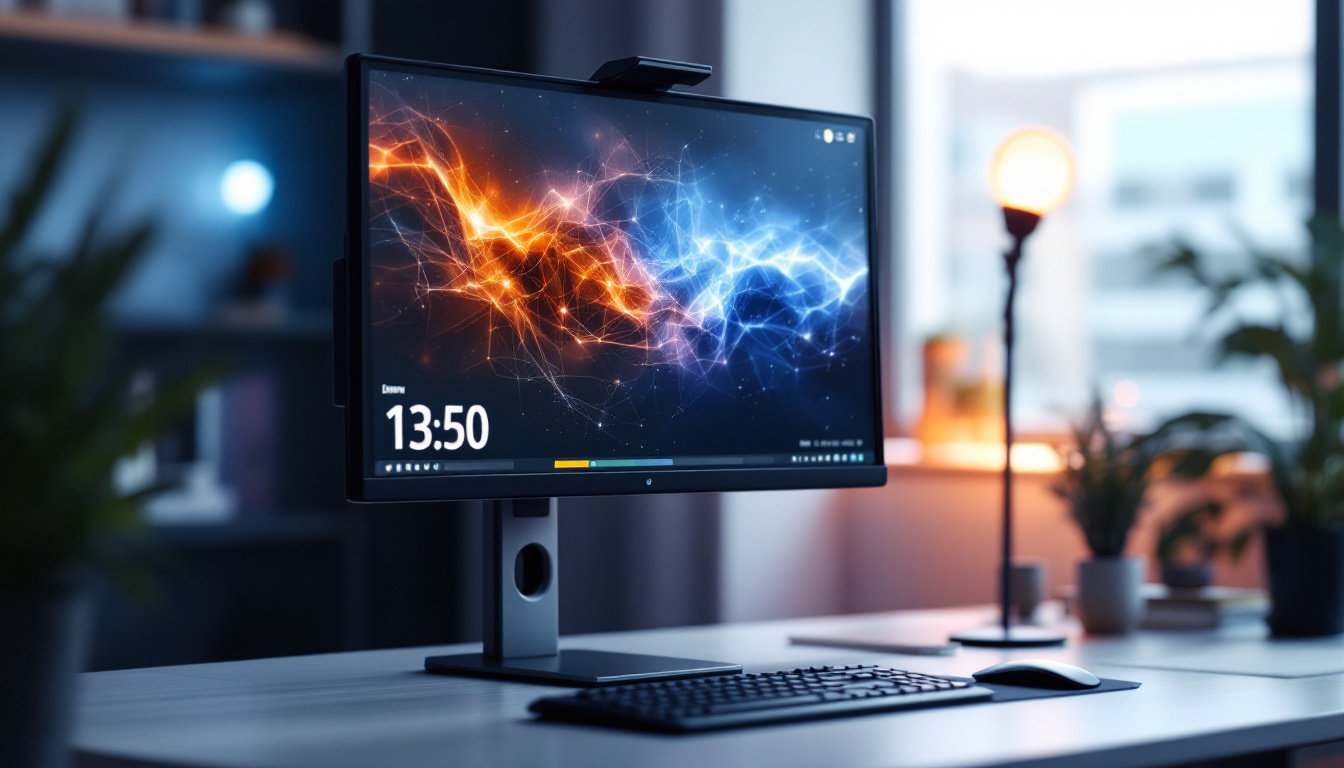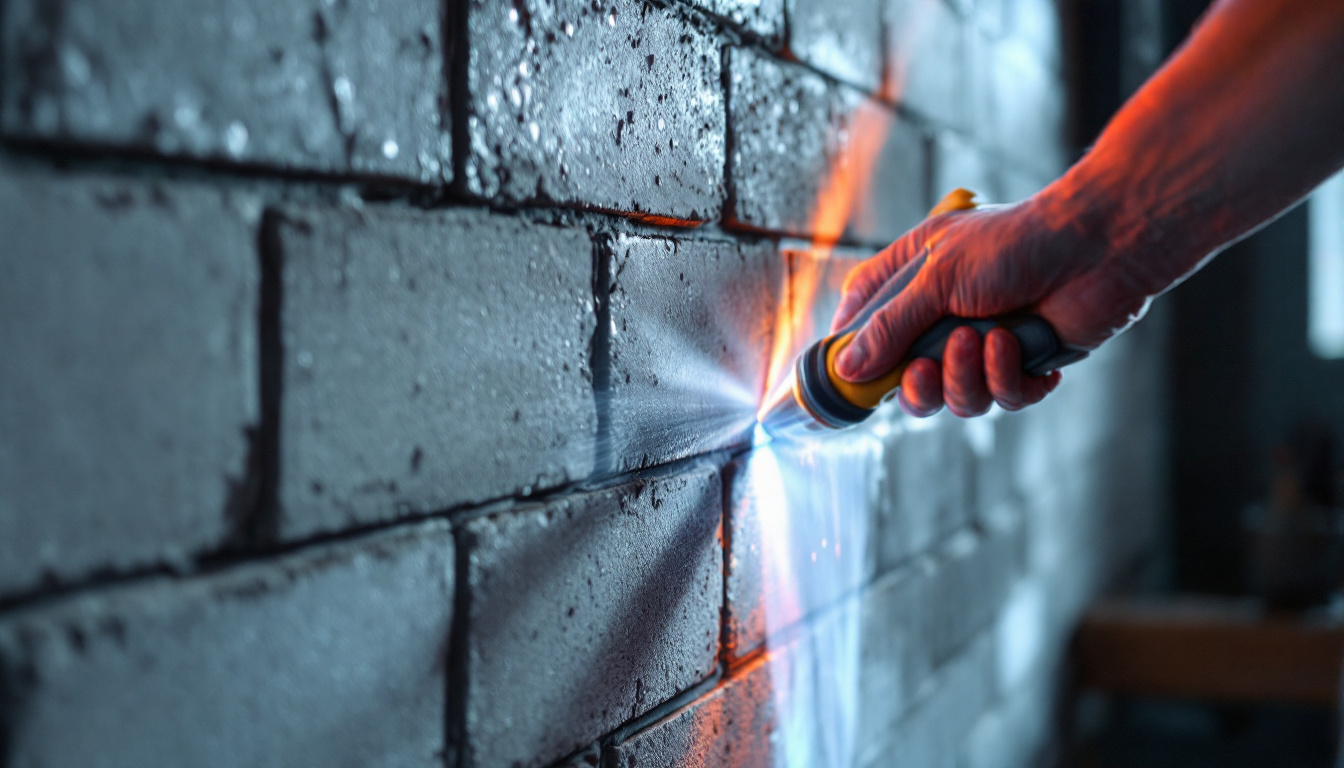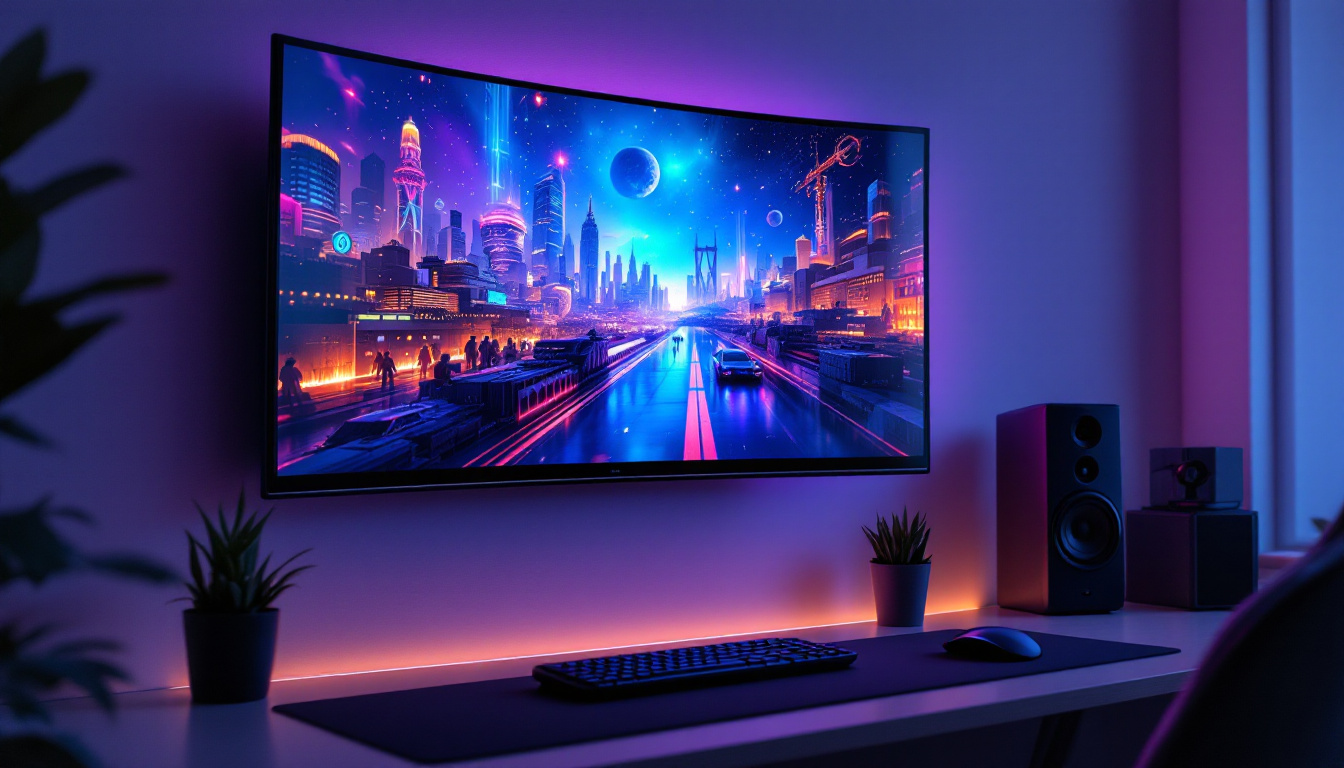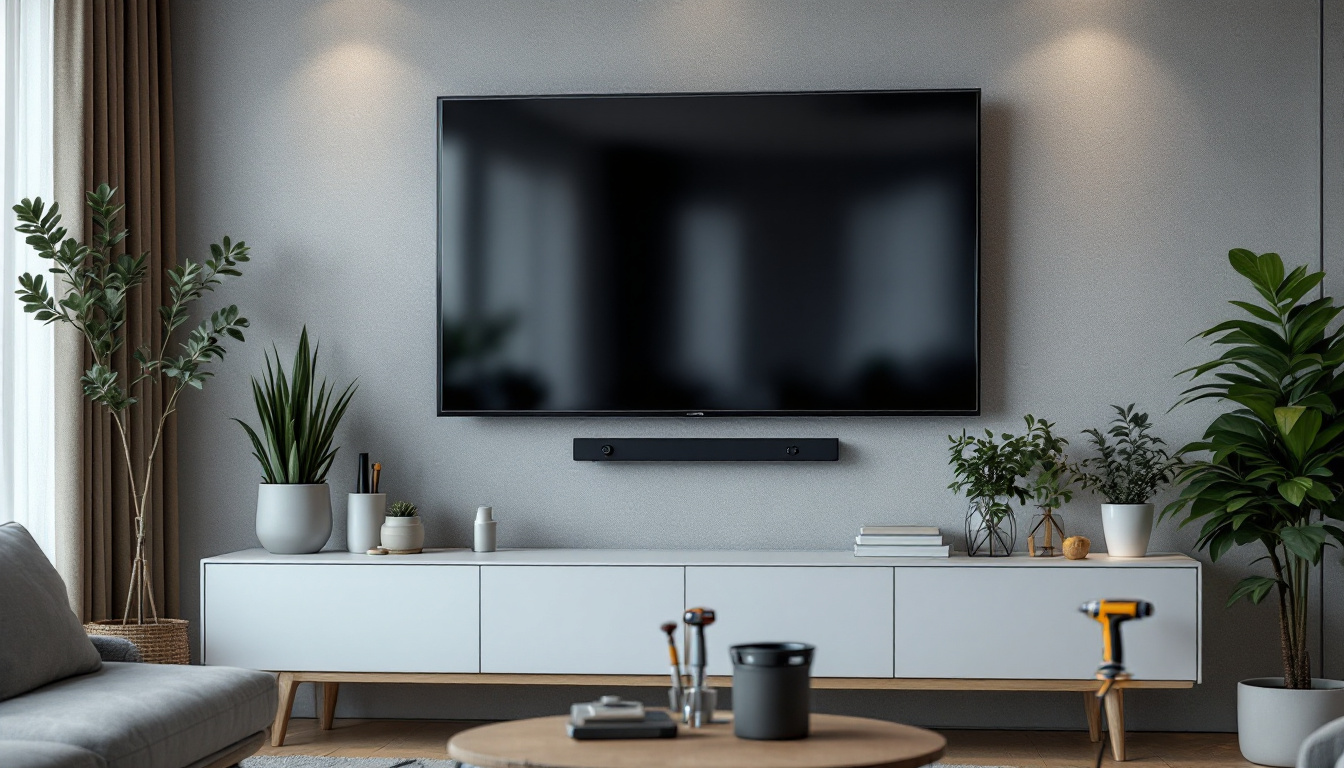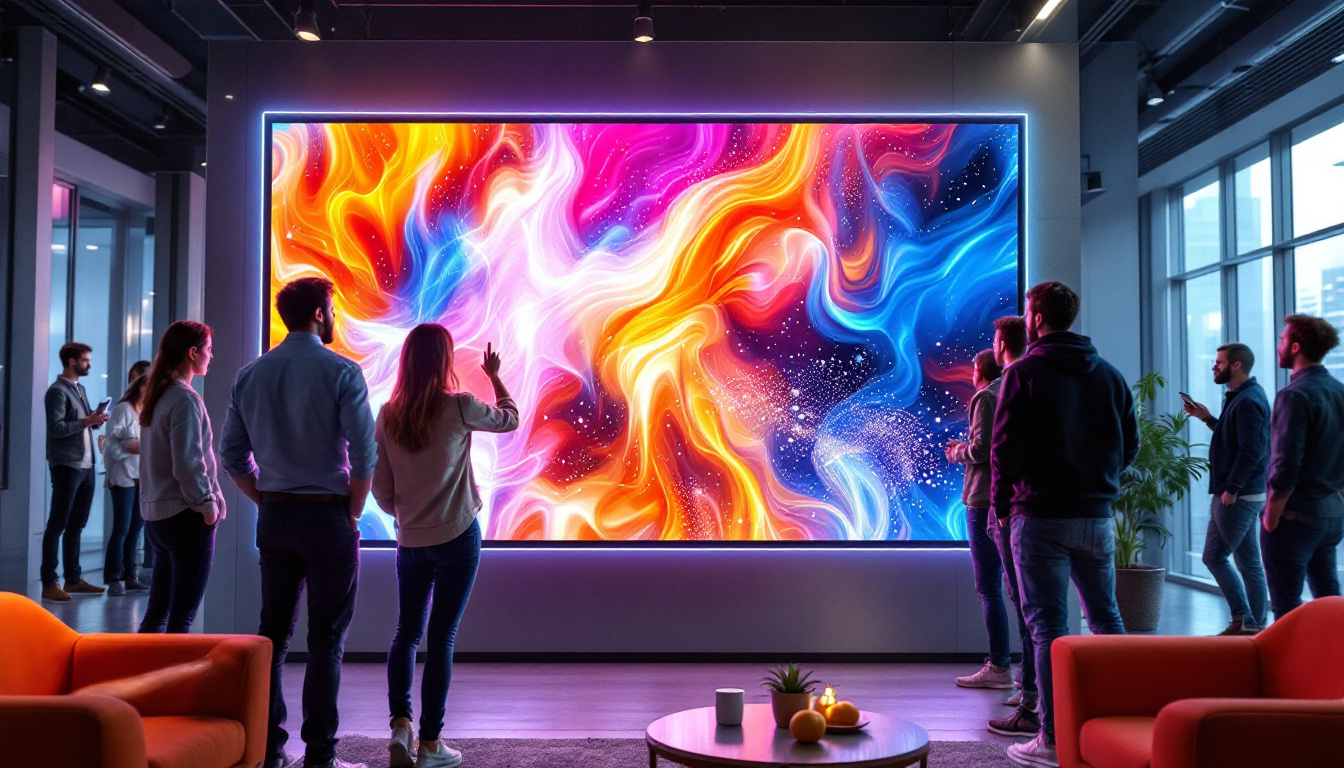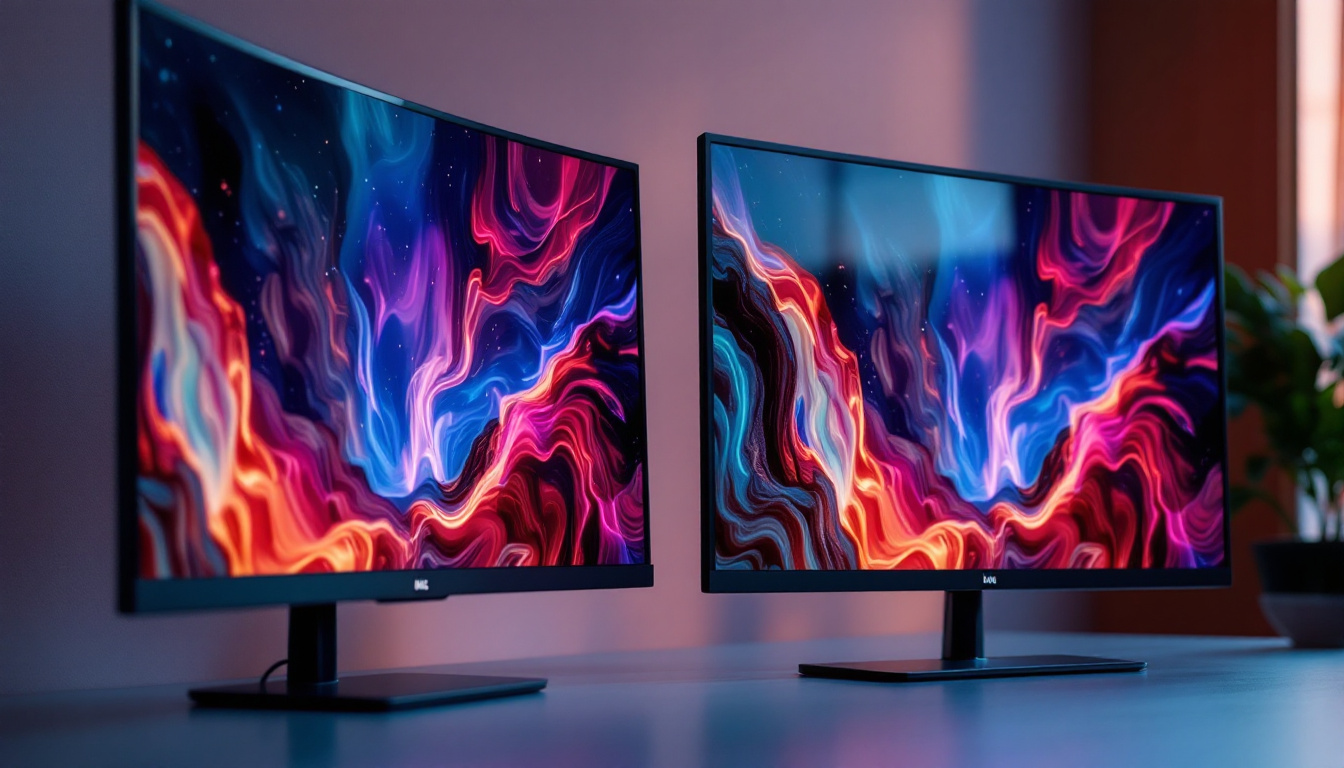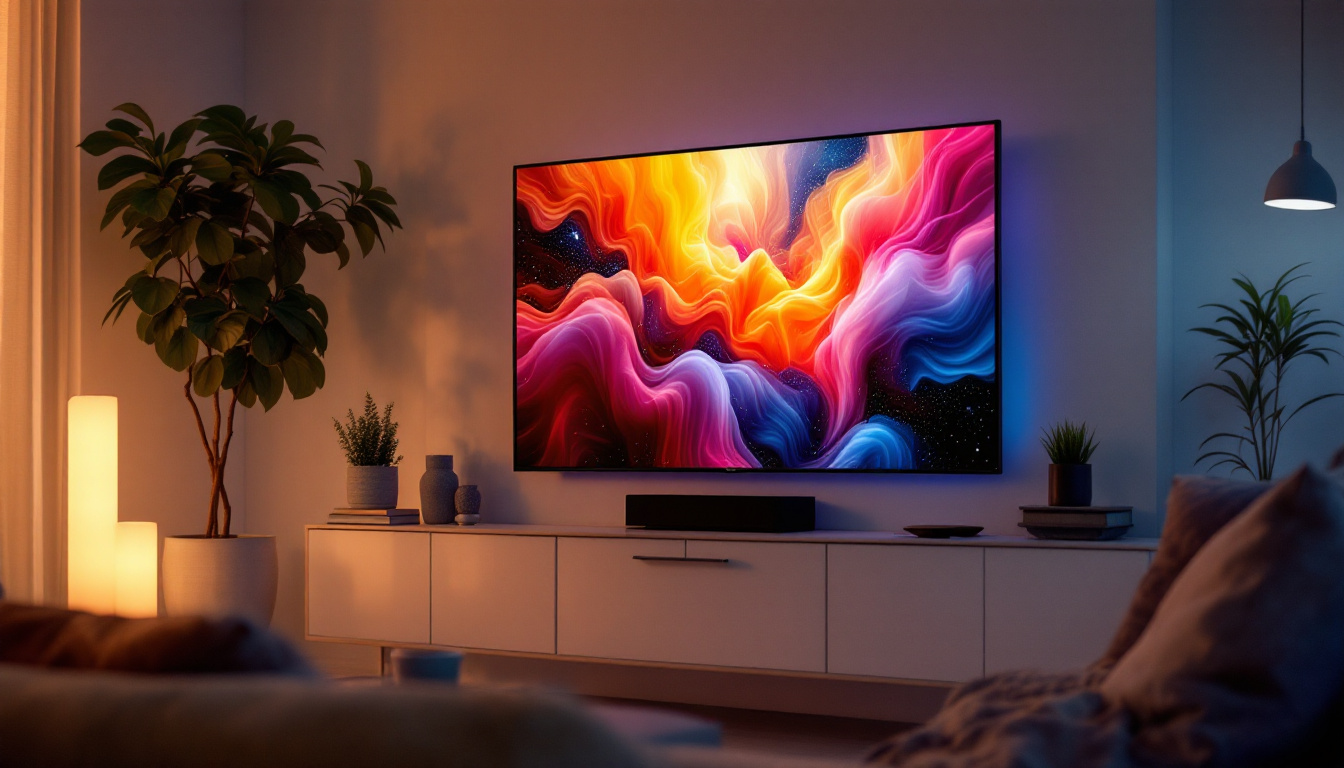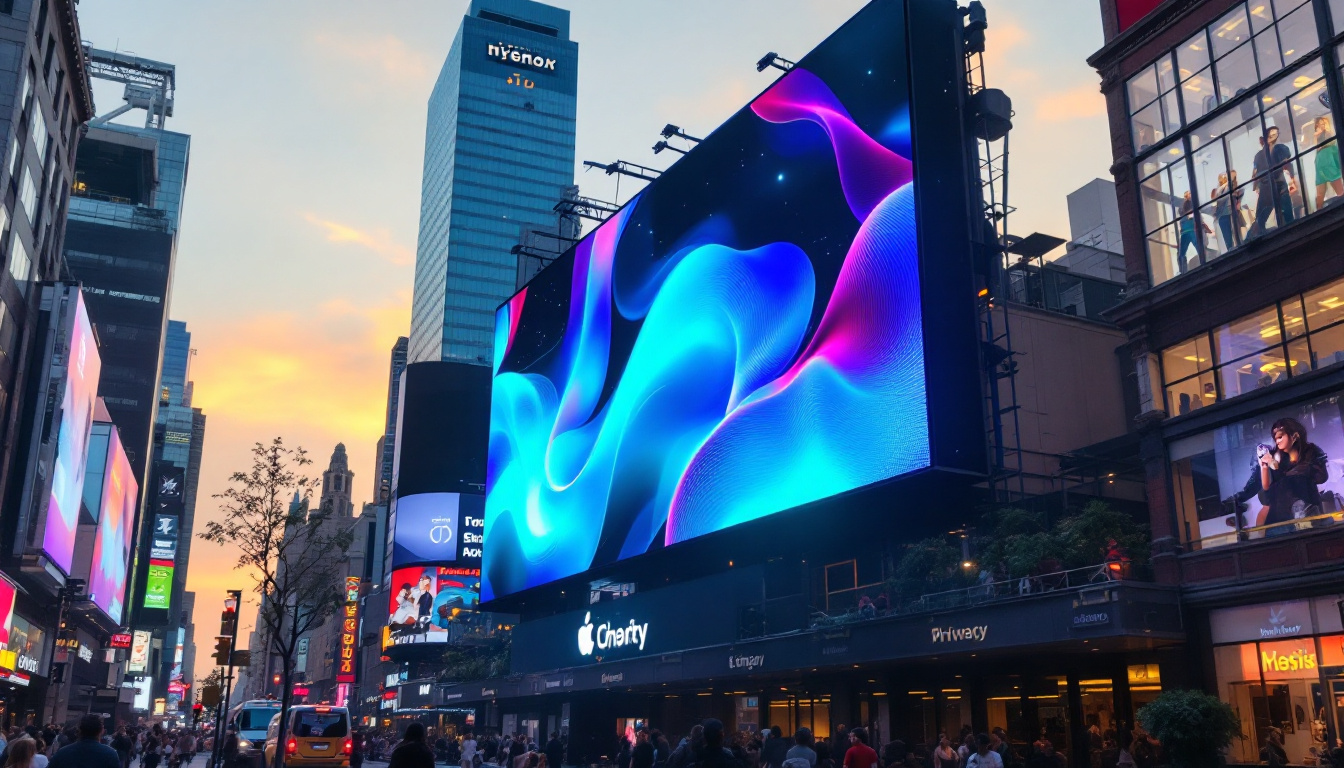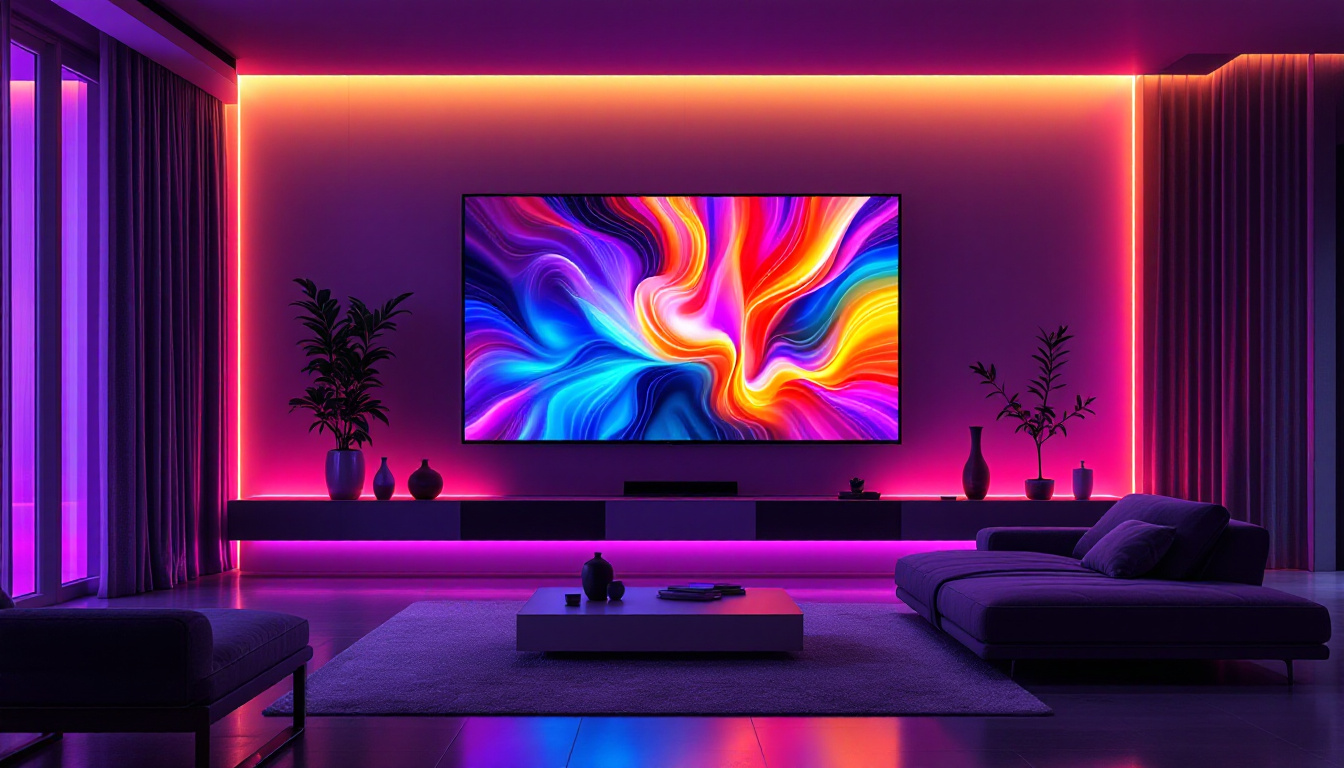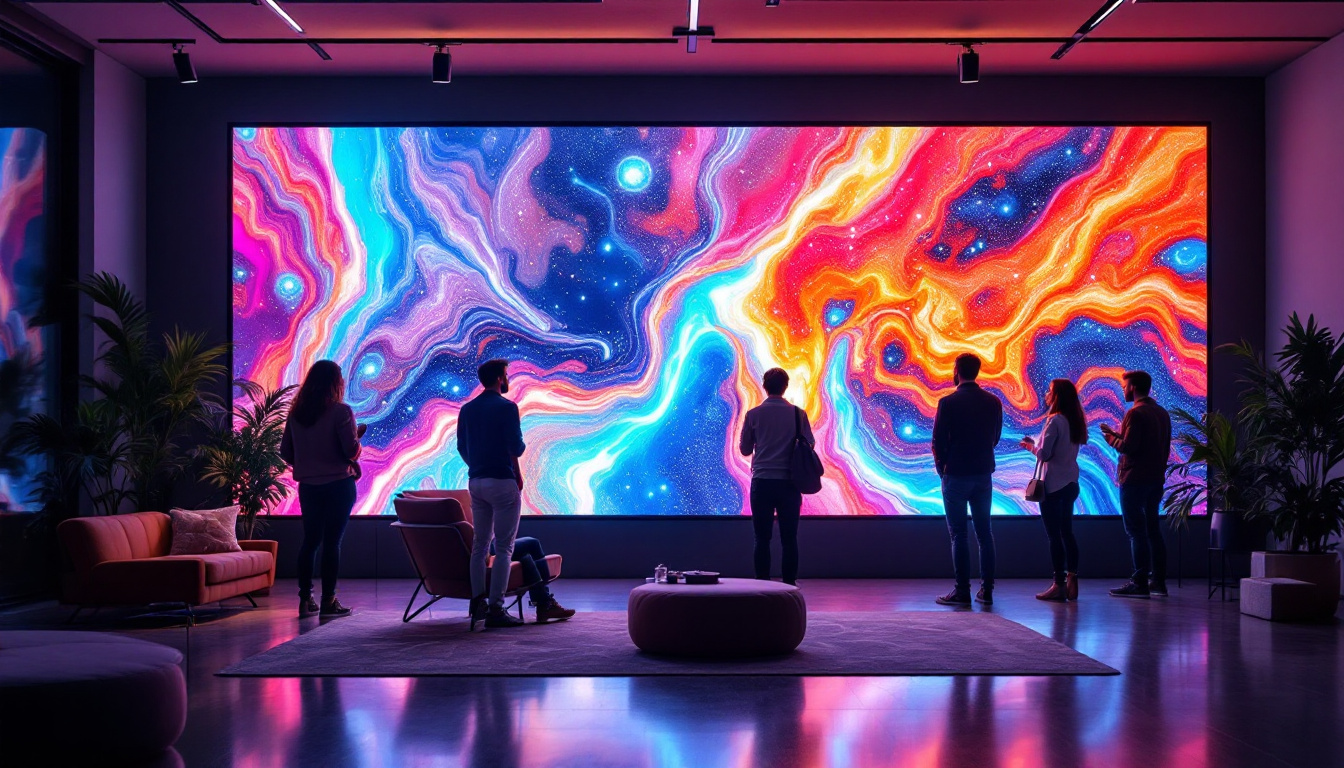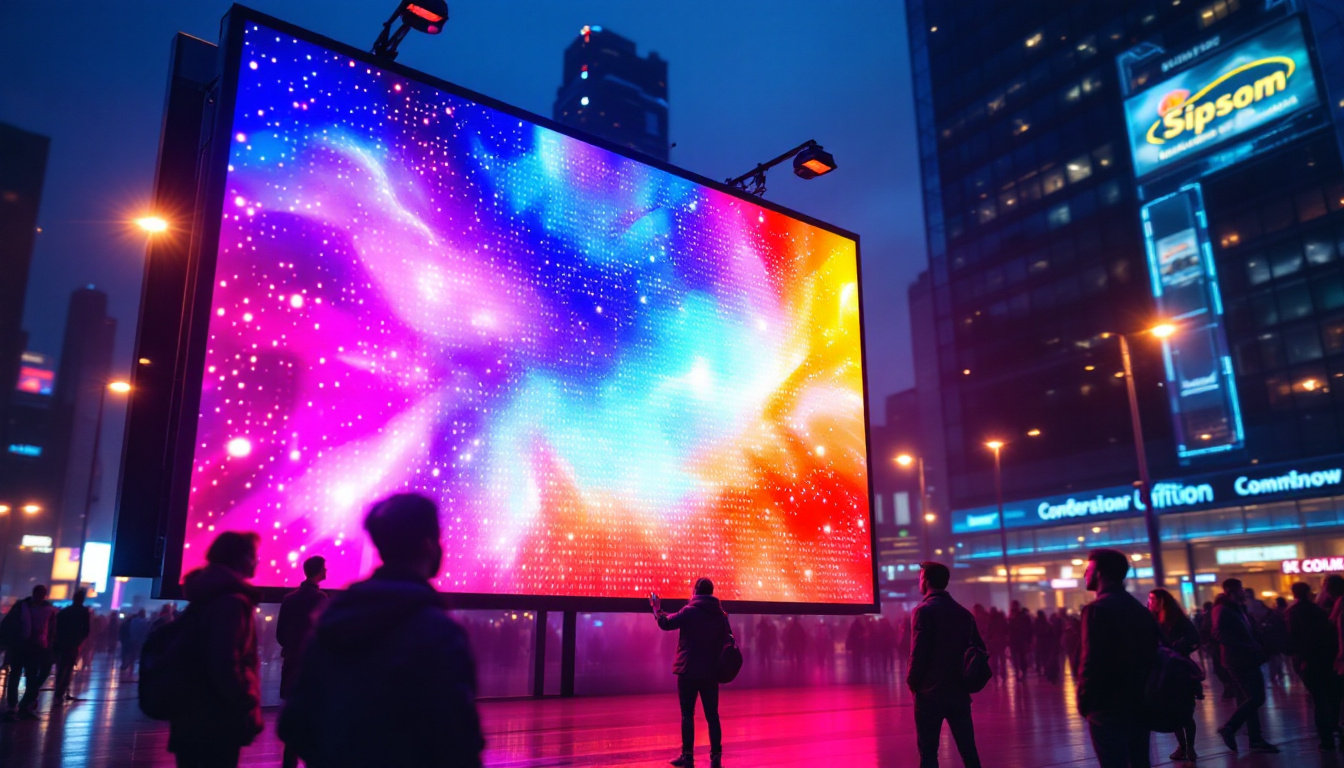Refresh Rate On TV: What Does It Mean? LED Display Explained
In the world of television technology, the term “refresh rate” often comes up, especially when discussing LED displays. Understanding refresh rate is crucial for anyone looking to purchase a new TV or enhance their viewing experience. This article delves into what refresh rate means, its significance, and how it impacts LED displays, ultimately guiding consumers toward making informed decisions.
What is Refresh Rate?
Refresh rate refers to the number of times a television screen updates with new information every second. It is measured in hertz (Hz), with common refresh rates for TVs being 60Hz, 120Hz, and even higher for some premium models. A higher refresh rate means smoother motion and less blur during fast-moving scenes, which is particularly important for sports, action movies, and video games.
Understanding the Basics
At its core, refresh rate is a technical specification that defines how often a TV can redraw the image on the screen. For instance, a 60Hz refresh rate means the screen refreshes 60 times per second. This rapid updating is essential for providing a fluid viewing experience, especially when dealing with high-speed content. Additionally, refresh rates can impact the overall responsiveness of the display, making it crucial for interactive applications like gaming, where every millisecond counts. A higher refresh rate can reduce input lag, providing a more seamless experience for gamers who require quick reflexes.
Common Refresh Rates
Most modern televisions come with refresh rates of either 60Hz or 120Hz. While 60Hz is adequate for standard viewing, particularly for cable television and streaming services, 120Hz is becoming increasingly popular, especially among gamers and sports enthusiasts. Some high-end models even boast refresh rates of 240Hz or higher, which can enhance the viewing experience even further. These higher refresh rates are particularly beneficial for fast-paced content, as they can minimize motion blur and provide a clearer picture during rapid movements. Furthermore, many TVs now incorporate motion smoothing technologies that artificially increase the refresh rate, allowing for an even smoother visual experience, although some viewers may find this effect unnatural or distracting.
Impact on Viewing Experience
The refresh rate can significantly impact how viewers perceive motion on screen. For example, when watching a high-octane action movie or a live sports event, a higher refresh rate can make the visuals appear more lifelike, allowing viewers to catch every detail as the action unfolds. This is particularly true in scenes with fast camera movements or quick transitions, where lower refresh rates may result in a blurry image. Additionally, higher refresh rates can enhance the overall clarity of the picture, making it easier to follow the action without straining the eyes. As technology continues to advance, the differences in refresh rates are becoming more pronounced, leading to a growing demand for TVs that can deliver the best possible viewing experience.
Why Does Refresh Rate Matter?
The refresh rate of a TV significantly impacts the overall viewing experience. A higher refresh rate can lead to smoother motion and reduced motion blur, which is particularly noticeable during fast-paced scenes. This can make a substantial difference in how enjoyable a movie, sports event, or video game can be. For instance, during a thrilling action movie, the clarity afforded by a higher refresh rate allows viewers to fully immerse themselves in the cinematic experience, capturing every detail of the high-speed chases and explosive sequences.
Motion Clarity
One of the primary benefits of a higher refresh rate is improved motion clarity. When watching fast-moving content, such as a car chase or a sports game, a higher refresh rate can help reduce blurriness and ghosting effects. This clarity allows viewers to better appreciate the details in action sequences, enhancing the overall experience. Moreover, the enhanced motion clarity can also be beneficial for watching nature documentaries or wildlife shows, where the fluidity of movement can bring the beauty of the natural world to life in a way that feels almost tangible.
Gaming Performance
For gamers, refresh rate is a critical factor. Many modern gaming consoles and PCs can output frames at rates higher than 60 frames per second (fps). A TV with a refresh rate of 120Hz or higher can display these frames more effectively, providing a smoother and more responsive gaming experience. This is especially important in competitive gaming, where every millisecond can make a difference. Additionally, a higher refresh rate can reduce input lag, allowing players to react more quickly to in-game events. This responsiveness can be the key to achieving victory in fast-paced multiplayer games, where split-second decisions are crucial.
Content Compatibility
It’s also worth noting that not all content is created equal when it comes to refresh rates. While many films are shot at 24 frames per second, sports broadcasts and video games often exceed this frame rate, making a higher refresh rate TV particularly advantageous. Some TVs even come equipped with motion interpolation technology, which can artificially increase the frame rate of lower-quality content, providing a smoother viewing experience. However, this feature can sometimes lead to the ‘soap opera effect,’ which may not be desirable for all viewers. Understanding how to balance these settings can help optimize your viewing experience across various types of content.
How Refresh Rate Affects LED Displays
LED displays, which are the most common type of television technology today, are particularly affected by refresh rate. The way these screens refresh can influence picture quality, motion handling, and overall performance.
LED Technology Overview
LED TVs use light-emitting diodes to illuminate the screen, providing bright and vibrant images. The refresh rate, in conjunction with the LED technology, determines how well the TV can handle motion. A higher refresh rate allows for better synchronization between the content being displayed and the screen’s ability to refresh, resulting in a more immersive viewing experience. Additionally, the contrast ratio and color accuracy of LED displays can also be influenced by the refresh rate, as faster refresh rates can help reduce motion blur and enhance the clarity of fast-moving scenes, such as sports or action movies.
Frame Interpolation Techniques
Many modern LED TVs employ frame interpolation techniques to enhance the perceived refresh rate. This technology creates additional frames between the original frames of content, effectively increasing the refresh rate. For example, a 60Hz TV can use interpolation to create a smoother appearance, making it seem like it has a refresh rate of 120Hz. While this can improve motion clarity, it may also introduce a “soap opera effect,” which some viewers find undesirable. This effect occurs because the interpolation can make cinematic content look overly smooth and unnatural, detracting from the intended artistic style of films. Manufacturers often provide options to adjust or turn off this feature, allowing viewers to customize their experience based on personal preference.
Moreover, the effectiveness of frame interpolation can vary significantly depending on the content being viewed. For instance, animated films or video games may benefit more from this technology, as they often feature smoother motion and less complex textures compared to traditional live-action films. As a result, some viewers may prefer to enable interpolation for certain types of content while disabling it for others, highlighting the importance of understanding how refresh rates and processing techniques interact with different media types. This adaptability can enhance the overall viewing experience, making it more tailored to individual tastes and preferences.
Factors Influencing Refresh Rate
While the refresh rate is an important specification, several other factors can influence how it performs in practice. Understanding these factors can help consumers make better purchasing decisions.
Content Source
The source of the content being viewed plays a significant role in how refresh rate is perceived. For instance, most traditional television broadcasts are delivered at 60Hz. Streaming services may offer content at higher frame rates, but not all TVs can display these rates effectively. Therefore, it’s essential to consider the content type when evaluating refresh rate performance.
Input Lag
Input lag is another critical factor, especially for gamers. This refers to the delay between a command being input (like pressing a button on a controller) and the action being displayed on the screen. A TV with a high refresh rate but significant input lag can still result in a poor gaming experience. Therefore, looking for a balance between refresh rate and input lag is crucial for gamers seeking optimal performance.
Choosing the Right Refresh Rate for Your Needs
When selecting a TV, it’s essential to consider how the refresh rate aligns with your viewing habits. Different users have different needs, and understanding these can help narrow down choices.
For Movie and TV Show Enthusiasts
For those who primarily watch movies and TV shows, a refresh rate of 60Hz is typically sufficient. Most films are shot at 24 frames per second, and a 60Hz refresh rate can handle this content well without noticeable issues. However, if watching a lot of high-action content or sports, a higher refresh rate may enhance the experience.
For Gamers
Gamers should prioritize a higher refresh rate, ideally 120Hz or more, to take full advantage of modern gaming consoles and PCs. This ensures a smoother, more responsive gaming experience, especially in fast-paced genres like first-person shooters or racing games. Additionally, low input lag is essential for competitive gaming, so it’s advisable to look for TVs that excel in both aspects.
Conclusion: The Importance of Refresh Rate in LED Displays
Understanding refresh rate is vital for anyone looking to purchase a new television, particularly with the prevalence of LED displays. A higher refresh rate can lead to improved motion clarity, enhanced gaming performance, and an overall better viewing experience. However, it’s important to consider other factors, such as content source and input lag, to ensure that the chosen TV meets individual needs.
As technology continues to evolve, consumers should stay informed about the specifications that matter most to them. Whether watching a thrilling movie, enjoying a live sports event, or immersing in a video game, the right refresh rate can make all the difference in delivering an engaging and enjoyable experience.
Discover the Future of Viewing with LumenMatrix
Ready to elevate your visual experience with the latest in LED display technology? LumenMatrix is at the forefront of innovation, offering a wide array of LED display solutions tailored to your needs. From captivating Indoor LED Wall Displays to dynamic Outdoor LED Wall Displays, and from versatile Vehicle LED Displays to sleek LED Poster Displays, our products are designed to enhance engagement and bring your content to life. Embrace the cutting-edge with LumenMatrix and transform the way you share your message. Check out LumenMatrix LED Display Solutions today and step into a world where clarity and performance meet.



